
My mother-in-law has Alzheimer’s disease.
(I’ve mentioned this before.)
Watching her deteriorate day-by-day, over the course of 2020 and 2021, was one of the most miserable experiences of my life.
Without question.
But the worst is over now.

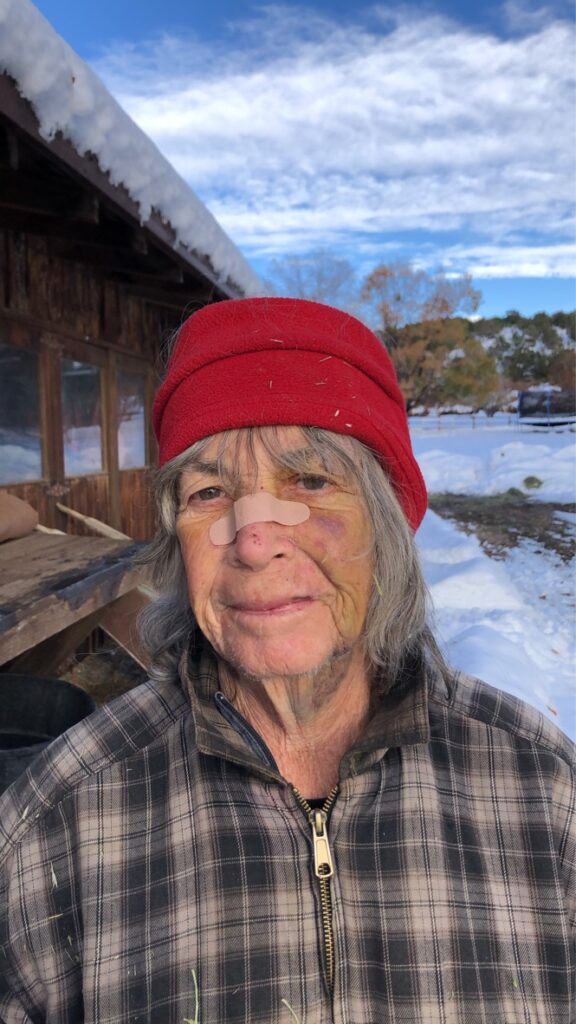



Now that Bonnie has settled into a status quo, in which she can’t really communicate, or move around much, one would imagine that would be rock bottom.
But it’s not, actually.
She’s relatively happy, under the circumstances, and clearly wants to live.
(Her body just outlasted her mind.)
It’s fucked up, though, as prior to her decline, she asked her daughters to kill her, before she completely lost her faculties.
While Bonnie was still mentally competent, she did not want to live like this, but lacking an assisted suicide law in New Mexico, my wife and her sister were unwilling to comply.
Now, here we are, yet she eats up a storm, and chimes into conversations with meaningless babble from time to time.
Every medical practitioner I’ve heard speak on the subject, (as well as Bonnie’s experienced care-givers,) all say the same thing: when a person is ready to die, they stop eating.
They give up, hasten the process, and pass on.
And that’s not happening here.
Bonnie wants to live, so she lives.
She assumed she’d rather die than live like this, (when she could still think clearly,) but her body and spirit have different plans.
How strange.
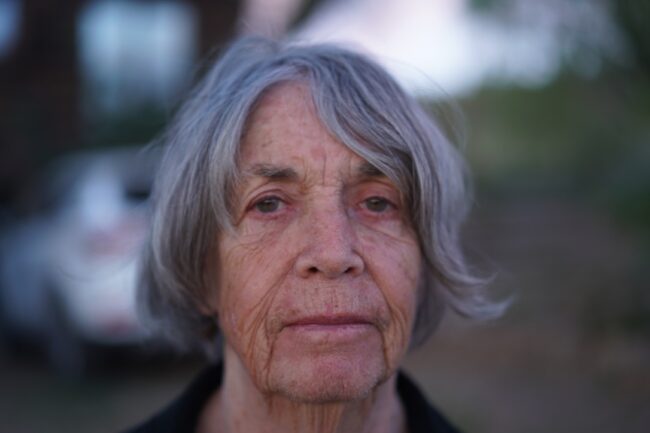
The phase where every day, Bonnie would be less and less capable, was horrifying.
At first she’d simply forget words, or lose her wallet, but it quickly spiraled into personality changes, (like physically attacking my father-in-law, insisting he was an imposter,) and then truly tragic moments, where she knew what was happening, but was powerless to stop it.
I remember the time she looked at me, smacked her head hard, twice, and said, “my bran is broken.”
Not brain.
Bran.
That was awful.
Here in March 2022, though, she keeps on trucking.
I think about that, as I watch the horror of what’s happening in Ukraine, and keep landing on humankind’s survival instinct.
Staying alive is so deeply ingrained in our psyche.
In our souls.
Because no one knows what comes next.
It’s the great mystery, and almost everyone alive is terrified to find the answer.
(Better to not know, and keep living as long as possible.)
Truth be told, I wouldn’t be me if the above rant were not inspired by a photo-book.
I had no plans to write any of it.
Rather, I spent a few minutes with the short, sleek, supremely-well-designed “Terminus,” by John Divola, published by Mack in 2021, and came out with a new set of ideas.
Full disclosure, (as they say,) I know John personally, having interviewed him twice for Vice and the NYT, and then we had brunch and lunch together IRL.
We caught up on Zoom a few months ago, and I’ve written about him here before.
I’ve reviewed many books by people I know, but as John is something of an art-star, with a recent history of controversy, I thought it appropriate to come clean.
Because I wouldn’t want you to read this without context.
Frankly, for a while there, as I was turning the pages, I was more worried about how he’d respond to a negative review.
(Which is where we were trending, until near the book’s end.)
I know from speaking with John, and from his Instagram and FB feeds, that he’s been working for years at an abandoned Air Force base in Victorville, California.
I also know he’s insanely bright, and has his own ideas about what his work means.
When I interviewed him years ago, convinced he was just being a graffiti punk, back in the 70s, wreaking havoc in abandoned buildings, in the spirit of “The Warriors” era time period, he shot all my theories down.
No, not at all, he said.
He was making marks.
Painting abstraction.
The spaces were there, empty, so he made his paintings in the quiet.
The broken glass, piss on the floors, and general mayhem evidenced in his seminal “Zuma” series, shot in Malibu of all places, was incidental to the process.
Not the point.
These days, I feel more comfortable disagreeing, because of course he knows what his motivations were, but he can’t claim supreme knowledge of what the art is actually “about.”
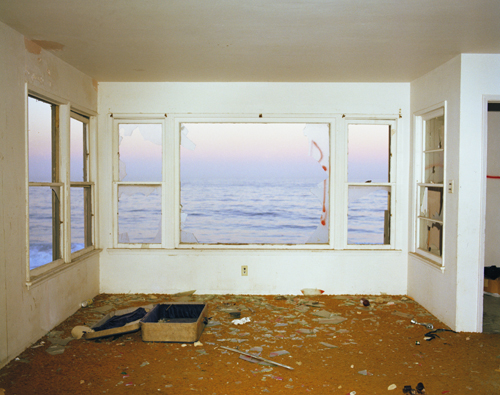
I’ve loved most of what I saw from his new project.
It’s anarchic and cool.
Like a late-career revisiting of “Zuma,” but now he’s transgressing on American Military property.
And there is a nice range of imagery within the larger work.
But not in “Terminus.”
No.
The title, (which means the end of the line,) is foreboding, but still the book reveals itself slowly.
Like the gorgeous black orb on the cover, page after page, we see orb-like black paint, graffiti style, as the end of a hallway.
(Rather, I assume it’s several hallways.)
As I turned the pages, I literally thought to myself, “Damn, the audience is going to hate this one, and hate me for reviewing it.”
They’ll think, “How myopic can you get? One meta-image, over and over again? Why make a book?”
I wondered, in a project with a range of images, why just this one repeating motif?
Over and over again.
The orb in the distance.
But then, something changed.
The orb was no longer looming ahead.
It was getting closer.
And closer.
Until finally, it was close enough to make me feel compressed.
Claustrophobic.
WTF?
Then it was there, so close you could touch it, and after literally breaking through, to see to the other side, what did we get?
More black void.
Right in your face.
I reminded myself to take a few breaths, because my understanding of the book changed so quickly.
So drastically.
This is about death.
The end.
And just when you think you can peek behind, to see what’s there, it’s even bleaker.
More void.
(That’s heavy, dude.)
As with many Mack books, this one is lean and spare in its textual offerings.
There is almost no text at all.
But on the last page, the artist writes, “Terminus is a singular work, not a collection of related images.”
(Tell me something I don’t know.)
John Divola can, and might, disagree with my reading.
Perhaps he’ll find it too literal.
Or metaphorical?
If so, I would say he’s wrong.
This book is about as good a symbolic representation of the the human condition as I’ve seen.
We all know we’re going to die, eventually.
But no one wants it to happen, and we all hope to get the longest possible lives.
Because Death is so permanent.
My mother-in-law, Bonnie, is/was one of the fiercest people I’ve ever met.
Strong of body and mind.
Capable of intense love, and a massive maternal instinct.
She thought she’d never want to live in such a compromised state.
But she was wrong.
Because, as I’ve seen with my own eyes, she isn’t ready to die.
And neither, (I suspect,) is John Divola.
Hopefully he’ll keep making provocative art for us, to nourish our minds and our spirits.
See you next week!
To purchase “Terminus” click here
If you’d like to submit a book for potential review, please email me at jonathanblaustein@gmail.com. We are particularly interested in books by artists of color, and female photographers, so we may maintain a balanced program. And please be advised, we currently have a significant backlog of books for review.
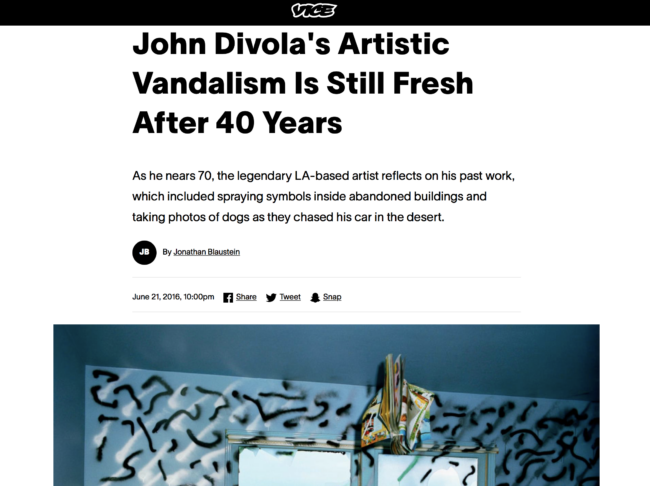
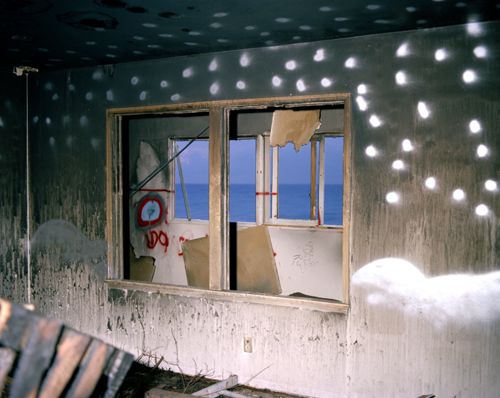
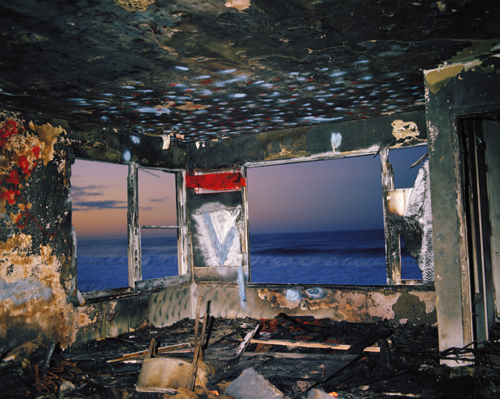
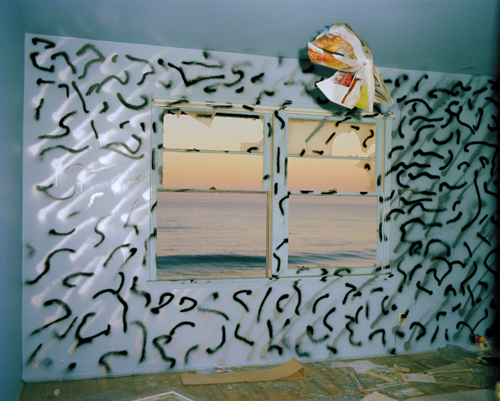

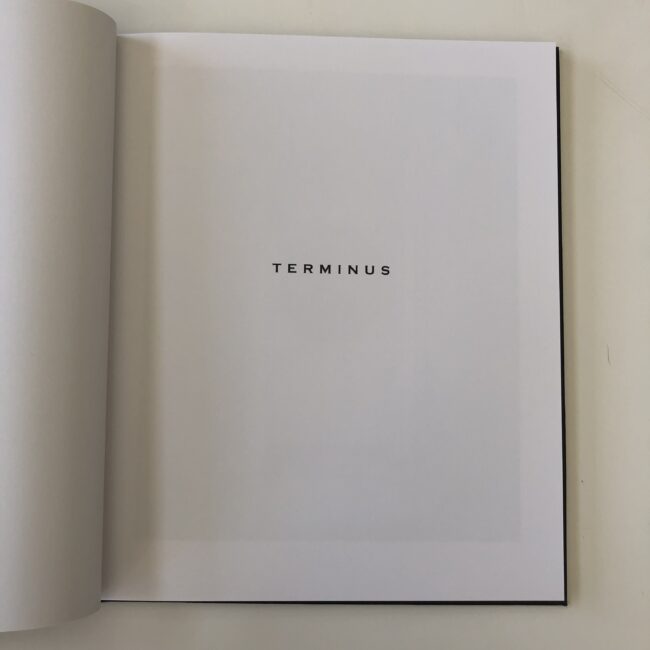
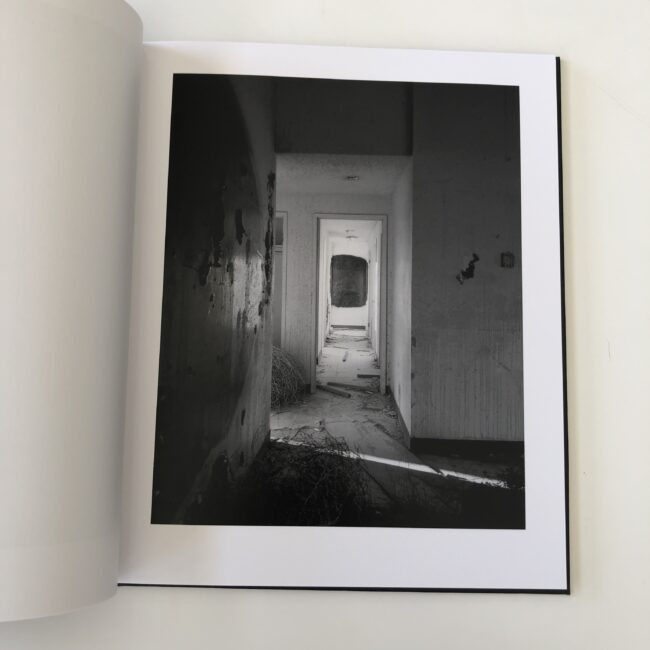
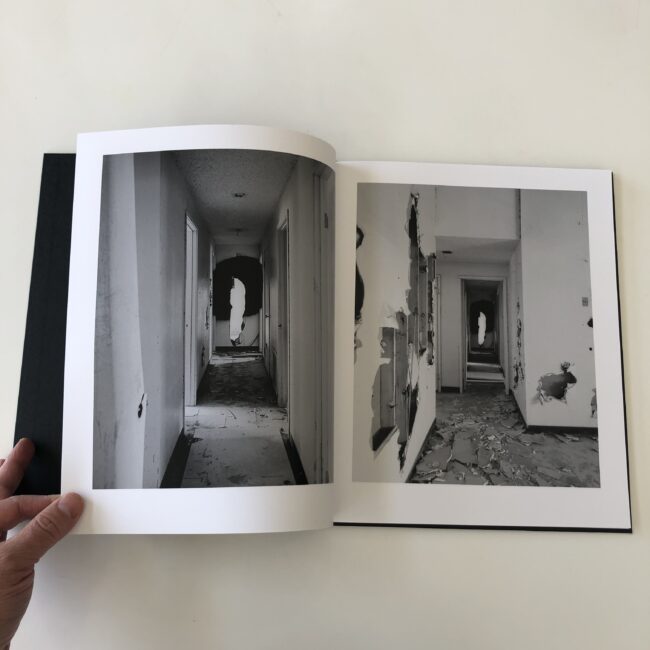
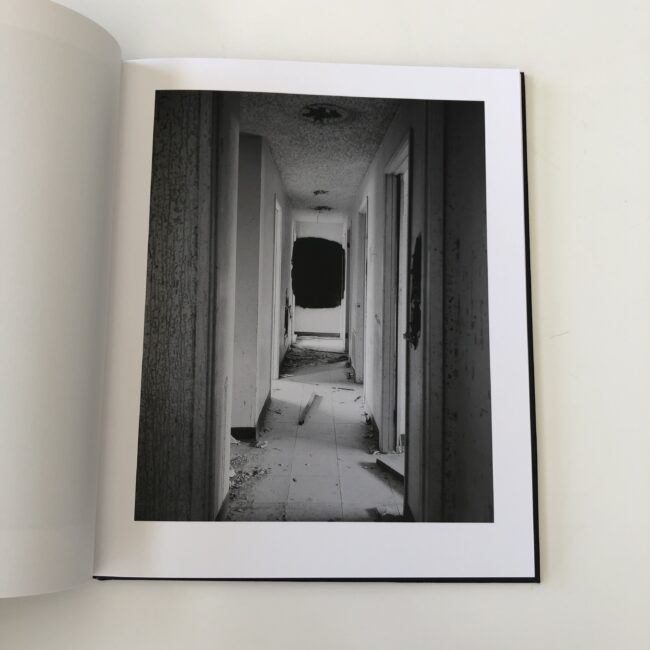
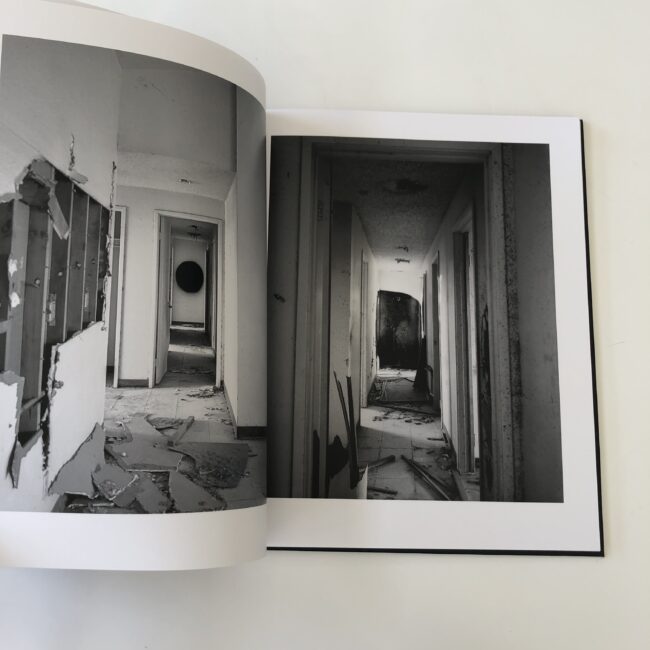
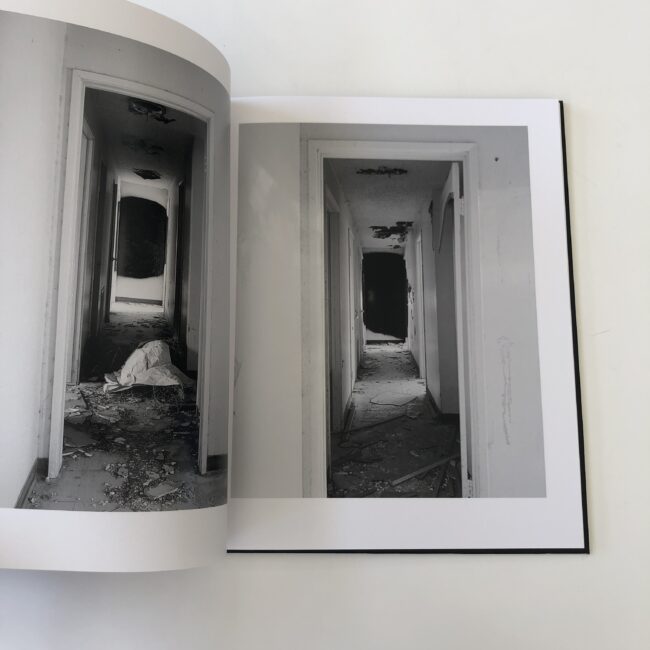
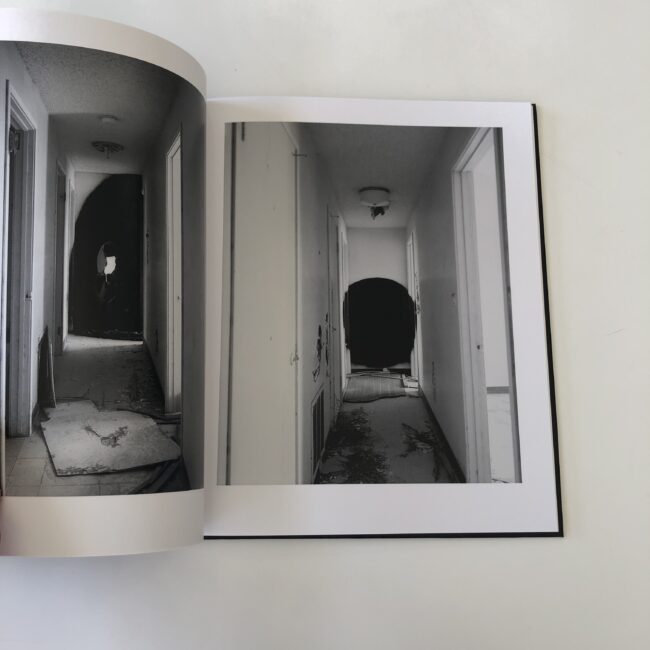
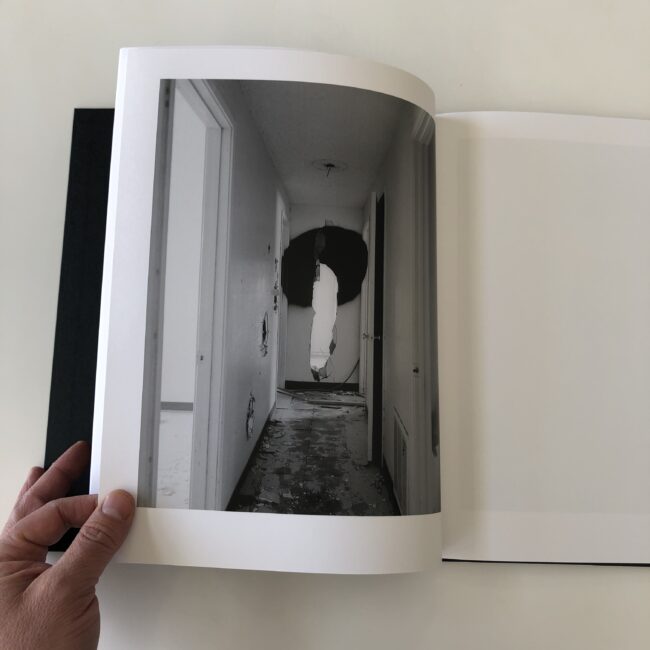



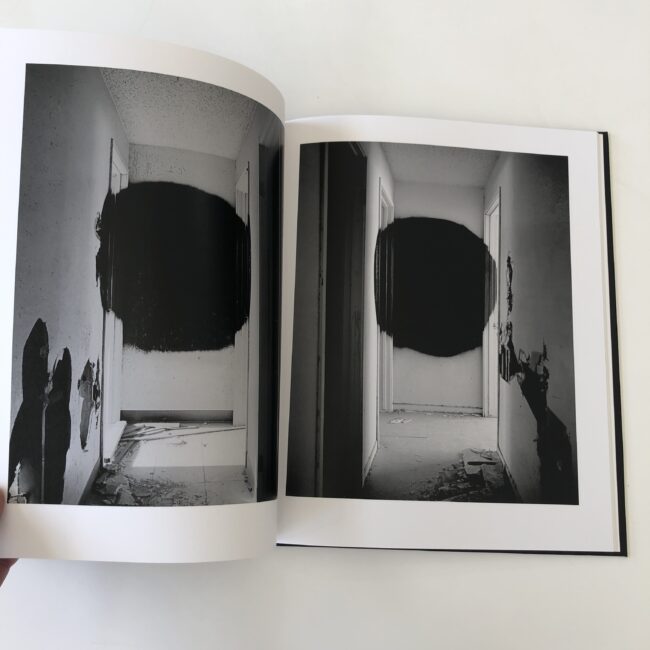

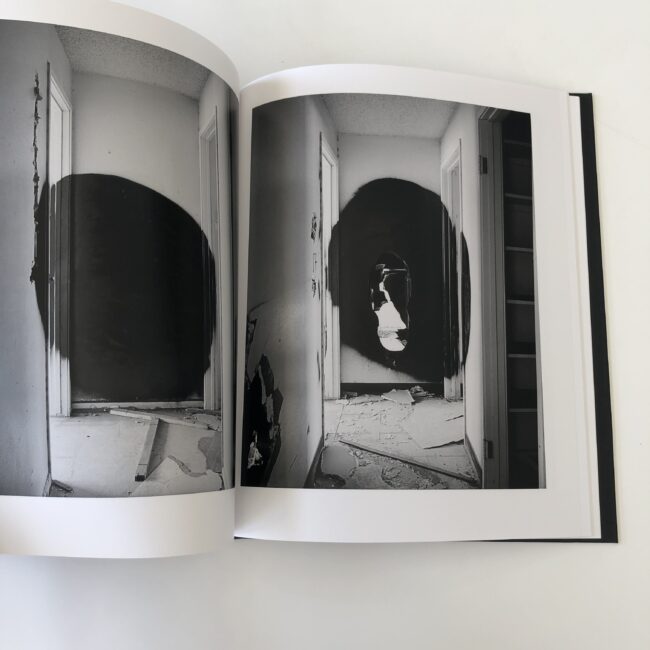
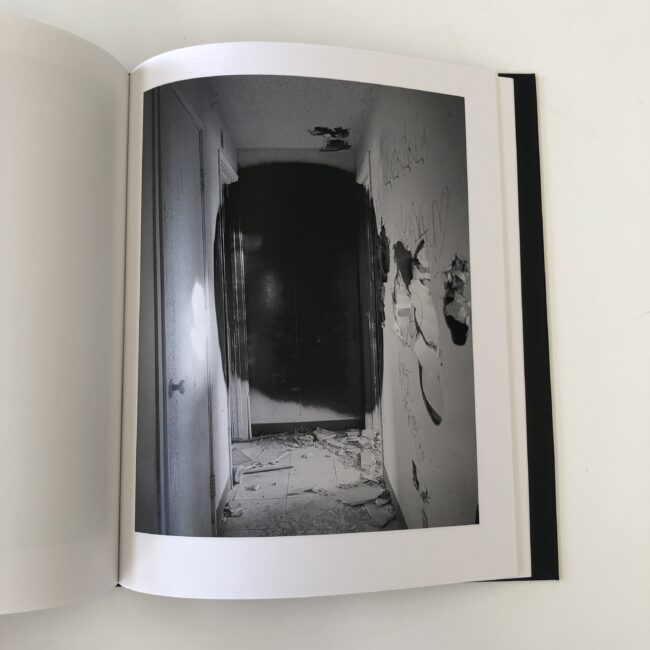
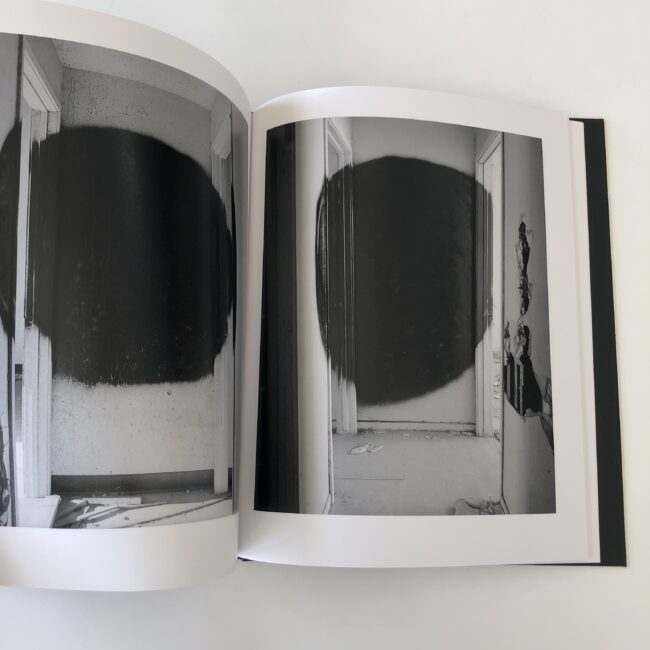
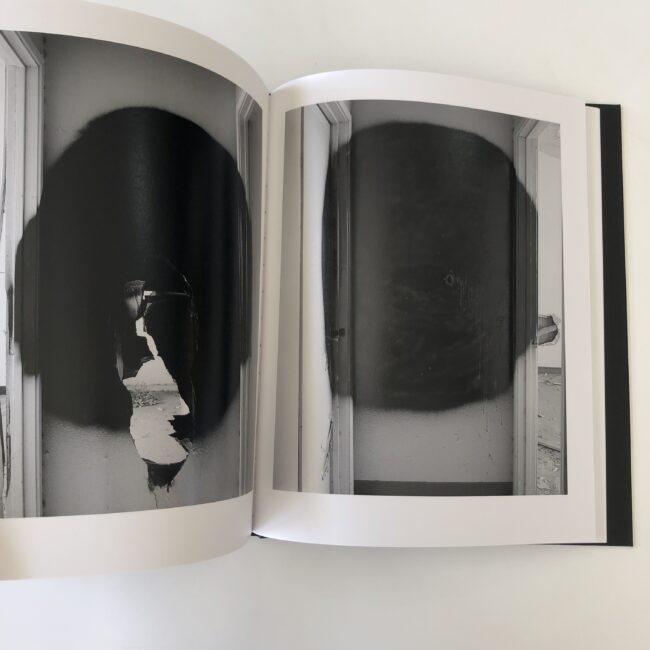
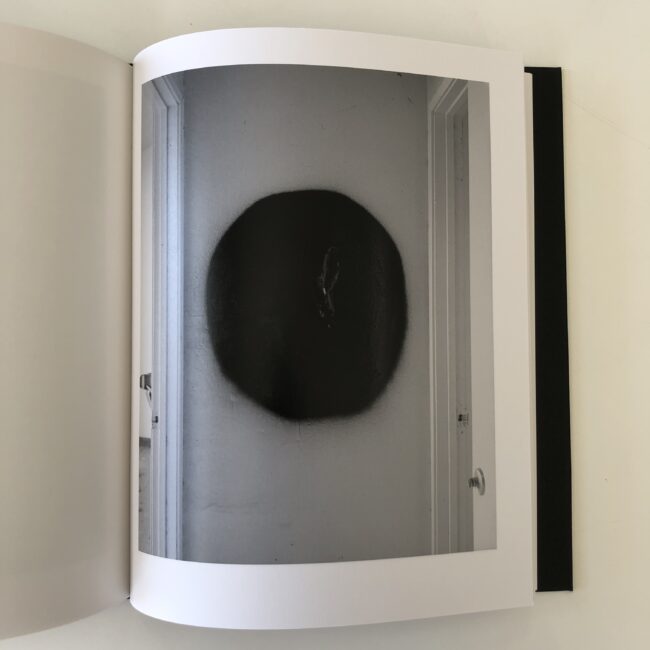
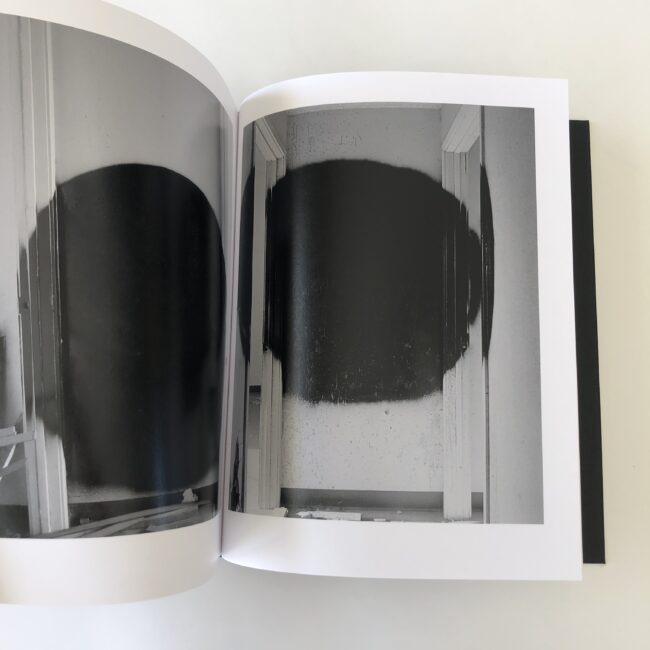
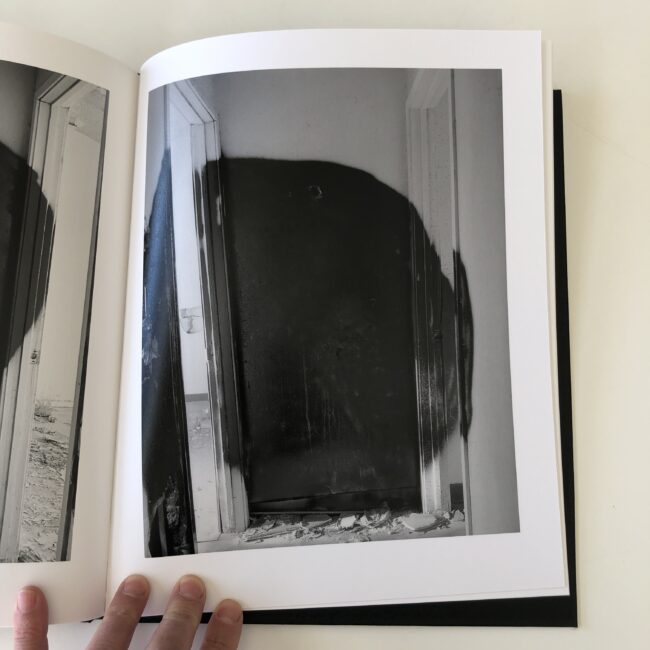
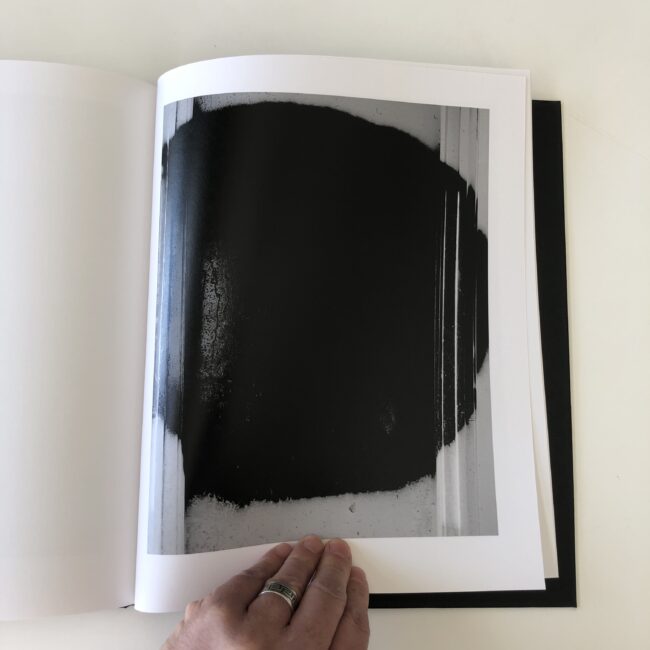

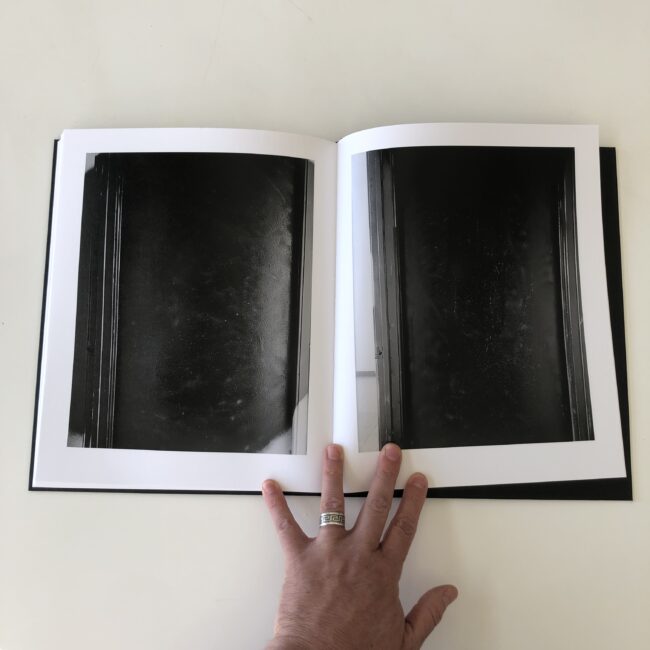
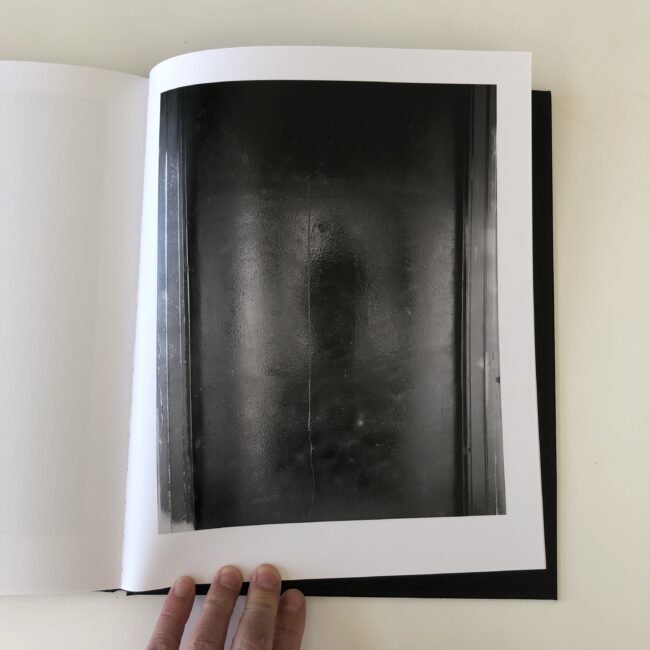
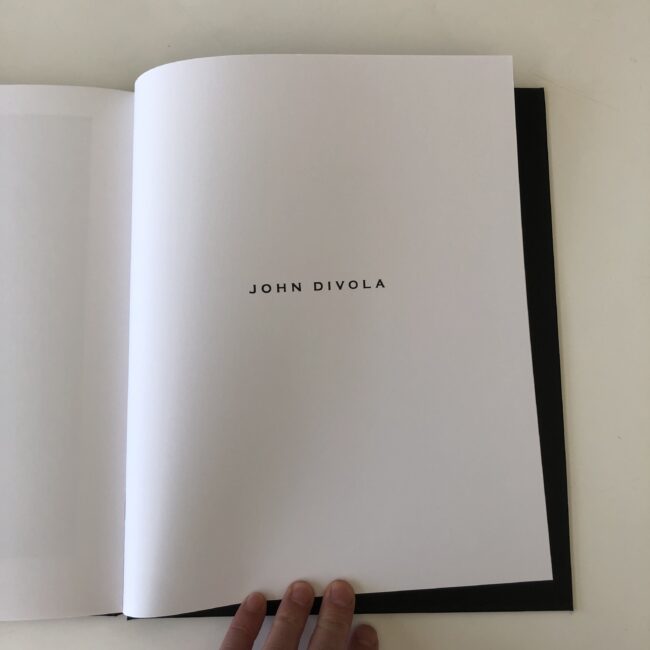
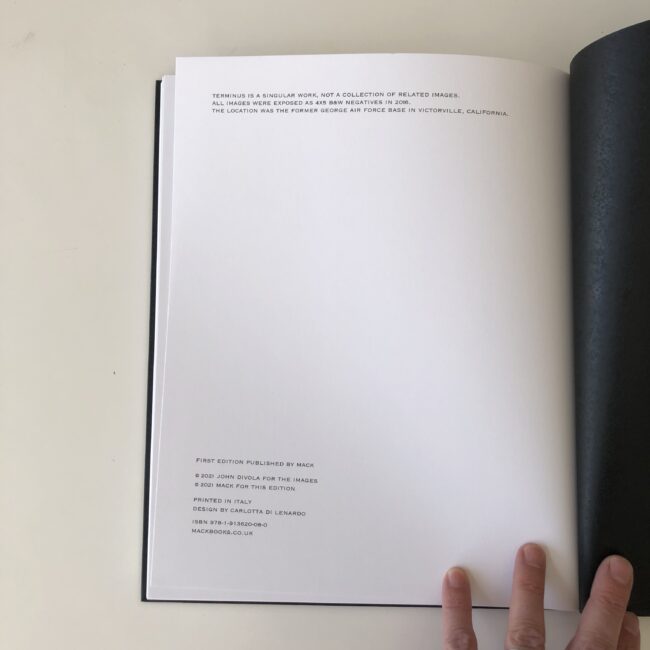
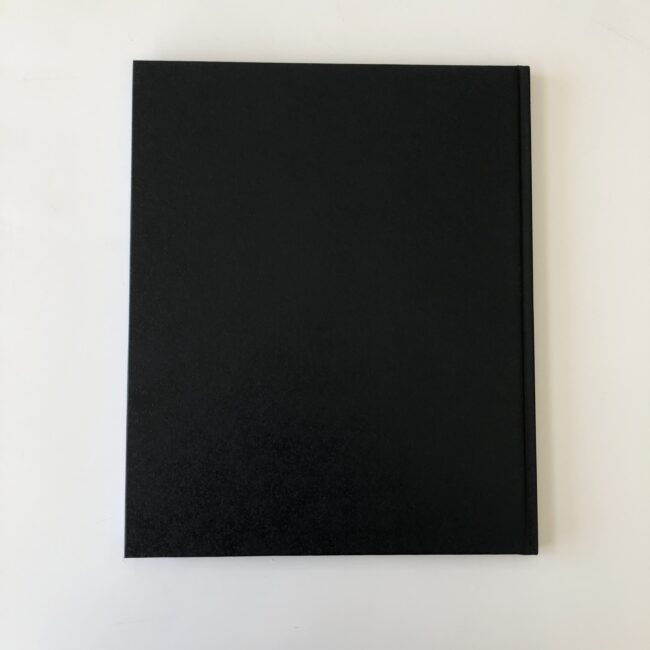
2 Comments
First, thank you for the open forum to comment- wish more people would…
Second, my father supposedly died of a heart attack after a fall under care for Alzheimer’s, negligence may have
been involved (I’ll never know), just hope it went as quick and painlessly as possible. Either way, the one thing I’m sure of is that it was ‘a blessing in disguise’ since it’s a life he never would have ever wanted to endure. And some form of dementia lies in wait for many of us- and we’re too petrified to confront that reality in order to make any meaningful legislation/preparation to deal with it.
As for the today’s book de jour, I’ve been a fan of some of Mr. Divola’s previous work, but I have to say it really irks me when I see a body of work that would so obviously be rejected without so much as a full (let alone second) glance if it wasn’t for the name recognition, a body of work in which any fist year teacher would have told their student, “Got it, now try and think of a way in which you can express the same motif without being so repetitively, boringly obvious.” I think the ‘best’ example of this was when someone published a book of nothing but close ups of film grain by… Paul Graham. Genius.
Okay, have at me…
Stan, hard to imagine “having at you.” I so appreciate that you read and consider each week, and comment so often. I was open about the fact I found the book problematic, until I didn’t. Yes, John Divola’s art career status was certainly a driver in Mack publishing this, but that’s how Mack operates. They work with art stars. So I’m happy to see your thoughts, as always, and don’t feel the need to clap back in any way. Also, so sorry to hear about your father. Bonnie had a fall that broke her hip, and limits her motion. (But has mostly healed well.) Overall, it’s just such a sad ending to contemplate. Maybe Crispr will save the day, if we live that long…
Comments are closed for this article!